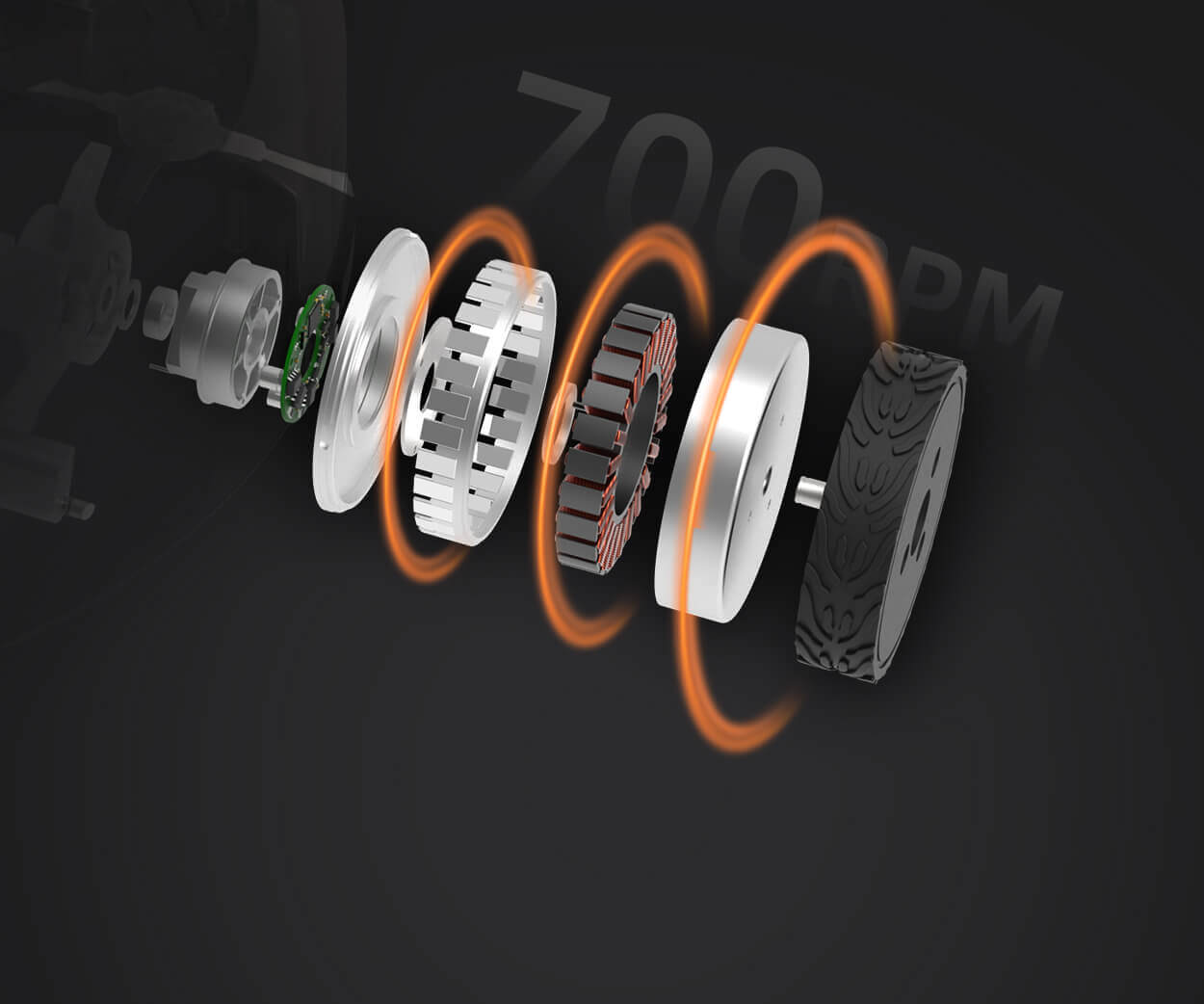Building your very own remote control truck isn't just a project—it's a journey into creativity, engineering, and pure fun. Whether you're a seasoned hobbyist or a curious beginner, crafting a custom RC vehicle allows you to understand the mechanics of movement, the thrill of personalization, and the satisfaction of bringing your ideas to life. This guide will walk you through the essential steps involved, from choosing the right materials to assembling your vehicle, leaving you with a sleek, operational RC truck you built with your own hands.

Getting started: envisioning your RC truck Before diving into parts and tools, it's essential to outline your vision. Consider what kind of RC truck excites you most: a rugged off-roader capable of tackling rugged terrains, a speedy street racer, or a scale model that mimics a real truck. Your vision will influence the design choices, materials, and equipment you'll select later.
Think about size, power, and aesthetics. Do you prefer a compact, lightweight design or a larger, more stable build? Do you want bright, eye-catching colors or a more subdued, realistic look? Sketching your design or creating a mood board can help solidify your ideas.
Gathering your tools and materials To build a robust RC truck, you'll need a combination of electronic components, structural parts, and tools. Here's a breakdown:
Chassis material: Plastic, aluminum, or even wood for the frame. Aluminum offers durability and a sleek appearance, although plastic might be easier for beginners. Motors: Electric DC motors or brushless motors, depending on your performance needs. Wheels and tires: Select based on terrain—rubber tires for grip, foam tires for speed. Battery pack: Typically lithium-polymer (LiPo) batteries for high energy and lightweight design. Remote control system: Transmitter and receiver compatible with your motor system. Steering servo: To control the direction. Gearbox and drivetrain components: To transmit power from the motor to the wheels. Electronic Speed Controller (ESC): Manages motor speed and direction. Miscellaneous: Screws, nuts, wires, soldering kit, double-sided tape, and adhesives.
Building the chassis: laying the foundation Once you've gathered the materials, start with constructing the chassis—the skeleton of your truck. This is the base that holds everything together.
Design your layout: Decide where the motor, batteries, and electronics will sit. Keep weight distribution in mind for stability. Cut the material: Use appropriate safety measures—sharp tools and protective eyewear—and cut your chassis material to the desired dimensions. Assemble the frame: Connect the parts, ensuring a sturdy framework. Reinforce with additional supports if needed, especially in areas where components will be mounted.
Installing the drivetrain: translating motor power The drivetrain system transmits power from the motor to the wheels.
Mount the motor: Securely attach the motor onto the chassis using brackets. Ensure proper alignment with the gearbox. Connect the gears: Attach the gear system to the motor shaft and the axles. Proper meshing is critical for smooth operation. Attach the wheels: Fix the tires onto the wheels, then mount them onto the axles. Test for rotations and smooth movement.
Electrical wiring: bringing power to life Organize your electronic components to avoid clutter and ensure safety.
Connect the motor to ESC: Use high-quality wires and solder connections to prevent resistance or failure. Link the ESC to the battery: Make sure to include a switch for easy on/off control. Set up the receiver: Connect the receiver to the ESC and steering servo. Position the receiver in a protected area within the chassis.
Testing the basics Before moving onto aesthetics, power up the system to test movement and steering. Use the remote control to check throttle response and directional control. Troubleshoot any issues such as unresponsive motors or shaky steering.
Feel free to ask for the second part whenever you're ready!
Leveraging innovations in modular drive technology, Kpower integrates high-performance motors, precision reducers, and multi-protocol control systems to provide efficient and customized smart drive system solutions.




































